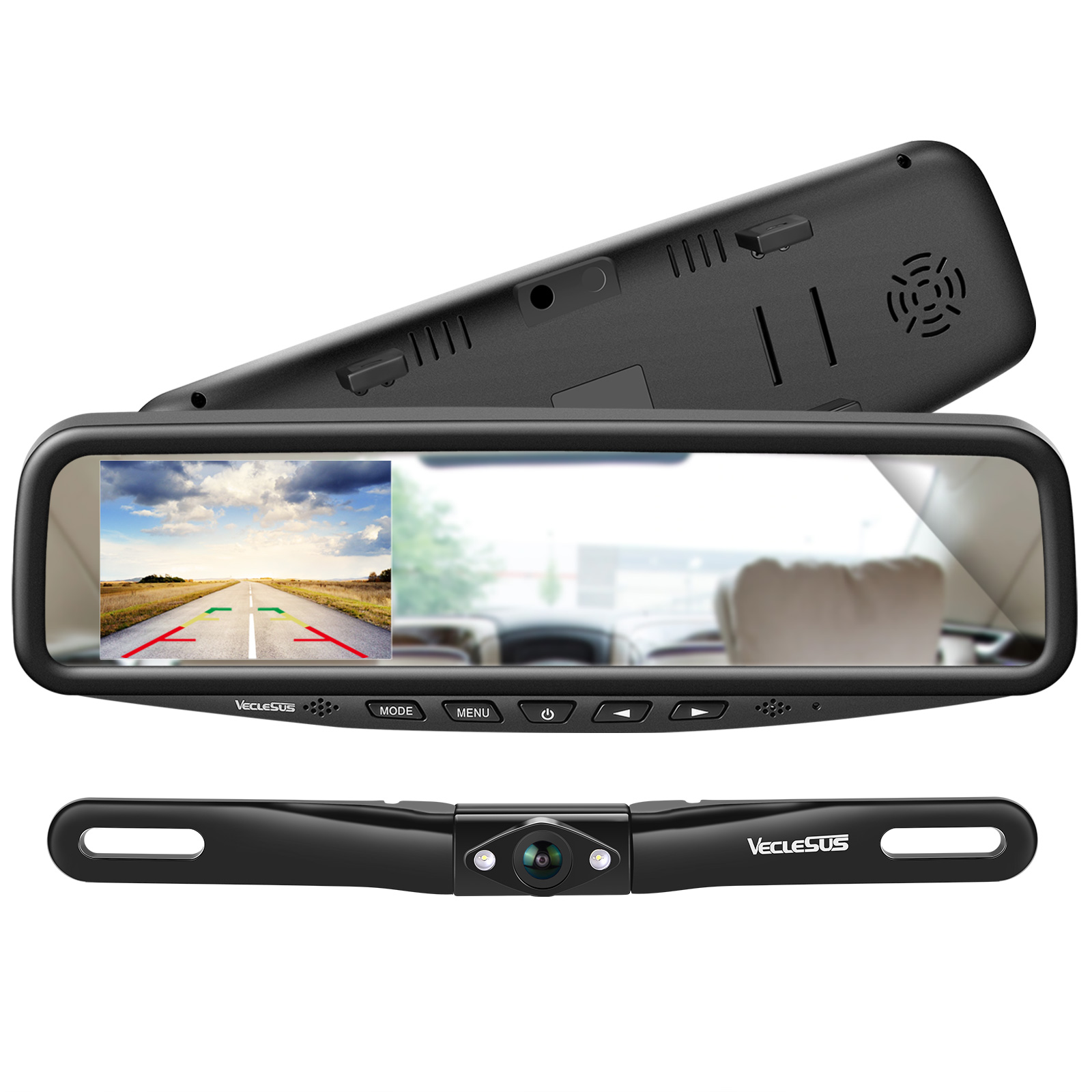On the off chance that your vehicle doesn't at present have a backup camera, likewise called a rearview camera, all things considered, your next new vehicle will. As of May 2018, government law has necessitated that all new traveler vehicles, trucks, vans and different vehicles weighing under 10,000 pounds be furnished with rearview observing innovation. Furthermore, much of the time that implies back mounted camcorders.
Rearview mirrors have been a major piece of engine vehicle hardware for over a century. Be that as it may, however valuable as mirrors may be, they a few huge disadvantages: They don't help you see what's straightforwardly behind your vehicle beneath the level of the back window, and they don't give a wide-point see.
As indicated by the most recent accessible government insights, those deficiencies result in around 210 passings and 15,000 wounds each year from backover mishaps including light vehicles. Sadly, 31% of those fatalities include kids younger than 5. Furthermore, the insights don't start to consider those episodes in which a driver maneuvers into something or runs over a bike, toy or other item.
Benefits of backup Cameras
Unmistakably, the most clear advantage of a back confronting camera is that it turns away injury-causing and possibly deadly backover mishaps by extending your field of vision, especially beneath the back window or trunk level. Cameras likewise increment your capacity to see past the width of a perfect representation's, assisting with killing vulnerable sides. Be that as it may, as well as securing individuals and property behind a vehicle, cameras have various different advantages also.
For instance, reinforcement cameras can help you park all the more rapidly and securely. Back up cameras give the driver a much more clear and more exact perspective on deterrents behind the vehicle, and most reinforcement frameworks incorporate an admonition tone that tells you when you're getting excessively near an item.
Practically all rear view cameras include on-screen rules: two equal lines that help direct you into or out of parking spots all the more without any problem. Some additionally include a center line that can help you keep the vehicle focused in the space. Present day shading shows permit the framework to change the shade of the rules from green to yellow to red as you draw nearer to a hindrance. What's more, that, joined with a discernible notice from back confronting sensors, can be extremely helpful in forestalling backover mishaps.
In the event that you tow a trailer, a backup camera can be particularly useful. The camera surrenders you a nearby perspective on the trailer as you line it up with your vehicle's hitch, while line tone and perceptible sensors update you as often as possible on distance.
How backup Work
Apparently, the thought is basic: When you put your vehicle into Opposite, a camera mounted at the back of the vehicle turns on and sends a picture to a screen to show what's behind you. Yet, the fact of the matter is somewhat more confounded. Back up camera frameworks, even at their generally fundamental, are genuinely refined bits of innovation, and they're getting all the more cutting edge constantly.
The intricacy starts with the picture that is caught by the camera. Maybe than communicating the image that a normal camera may see, reinforcement camera frameworks are really intended to send an identical representation to the screen so the direction is right when you take a gander at it. On the off chance that you were taking a gander at an immediate feed of what the rear view camera sees, the picture would be switched, and you'd steer left when you needed to go right. The framework is intended to address this so the view on the presentation bodes well.
Makers by and large introduce reinforcement cameras in the vehicle's back trim pieces. They're genuinely unpretentious, so they can be somewhat difficult to see, however you may discover them covered up in the guard, close to the tag, in the trunklid or in the back end of a SUV or pickup truck. The cameras are generally focused on a descending point to give the best view quickly behind your vehicle. They additionally have wide-point focal points, so you're getting a more complete picture than you'd get with a rearview reflect.

Screens can be mounted anyplace in the driver's field of vision, however they're for the most part found in the middle space of the cockpit. Since most fresher vehicles have a current screen for the theater setup, environment control, route and different capacities, that show is frequently utilized for the reinforcement camera framework. Different forms utilize a segment of the rearview reflect as a screen, which has the upside of arranging the presentation where drivers are familiar with turning when backing upward. In any case, this kind of screen is a lot more modest and gives a less itemized picture than one with a bigger screen.
Albeit a portion of the early test frameworks, and a couple post-retail models, utilize monochrome cameras and screens, basically every one of them presently include shading shows. Probably the most recent models utilize high-goal cameras to convey what automakers portray as a superior quality presentation (despite the fact that it probably won't be very just about as fresh as your new level screen television). What's more, vehicles — including the BMW 7 Arrangement, the Cadillac CT6 and the Mercedes-Benz S-Class — presently offer night-vision capacity in their reinforcement frameworks, as indicated by those brands.

